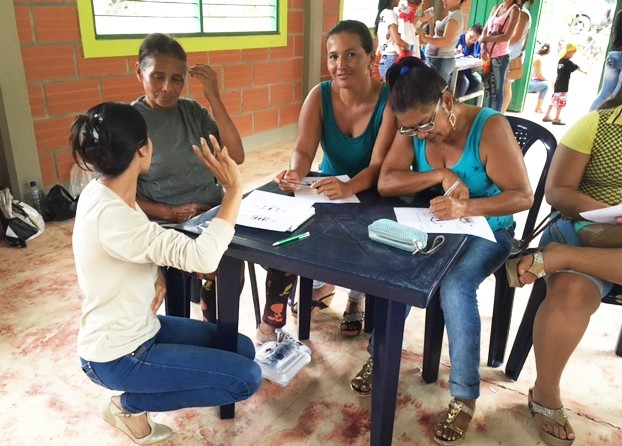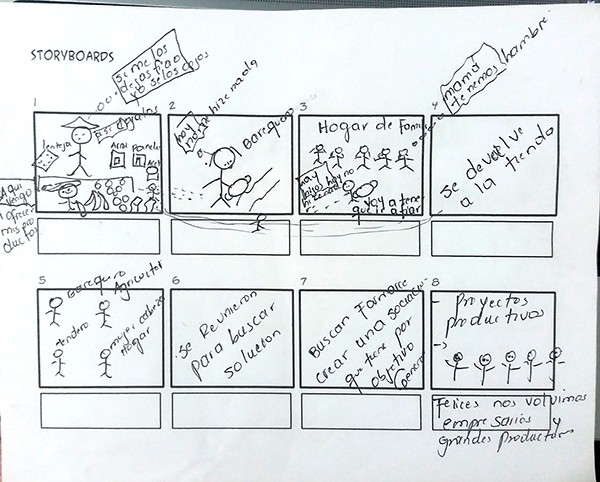Blog
It’s not Design Thinking. It’s Design Doing.

Anyone working in international development will tell you that it is critical to make the voice, needs and desires of your beneficiaries the core of every project. Development uses a number of methodologies to make sure program designers create solutions rooted in local priorities.
What we often fail to do with these methodologies, though, is test the merit of our new ideas before heading to implementation.
This is where Pact’s use of human-centered design, or HCD, is challenging the principles of how we do our business. Pact believes it’s no longer enough to ground our programming in beneficiaries’ voices; we believe solutions we co-create must be tested, iterated and re-designed before we bring a program to a community.
And iterations do not have to stop when a solution or project is launched. Prototyping can be used to create feedback loops that continue teaching designers and implementers, fostering adaptive management.
Pact’s foray into HCD is the culmination of several years of exploration, and in October 2016, Pact’s innovation team was tasked with institutionalizing HCD across our organization’s global programming. Over the course of this year, Pact’s innovation team championed HCD through online courses, in-person workshops, blogging and, of course, implementing the methodology. While our successes have been exciting, the lessons we’ve learned have been the most important payout.
We’ve learned that prototyping is our Achilles heel, and we’ve learned that letting go of our assumptions is a genuine struggle. In our commitment to quality and to those we serve, it is a real challenge to put forward a prototype that isn’t perfection. It is a battle to let go of years of expertise in our technical field and simply allow a test to take place, instead of trying to tweak and predict in advance how participants will respond.


This is further complicated by the fact that most of our solutions are “service solutions” – solutions that are methodologies, processes, policies or services, which many find difficult to prototype. How do I develop a test for an idea about social inclusion? What does a governance prototype look like?
These challenges have been invaluable to understanding how an international development non-profit should conduct human-centered design, in environments where there are complicated ethical considerations and where problems often are intractable and interlocked with issues of race, poverty, violence, power and resources.
It’s thinking. It’s doing. It’s believing that through iteration, testing and consultation with our beneficiaries, we can develop solutions that will be more authentic and more deeply rooted in their lives.
Human-centered design is a commitment to improving lives at the greatest possible scale as well as to learning, improving and innovating as we do so.